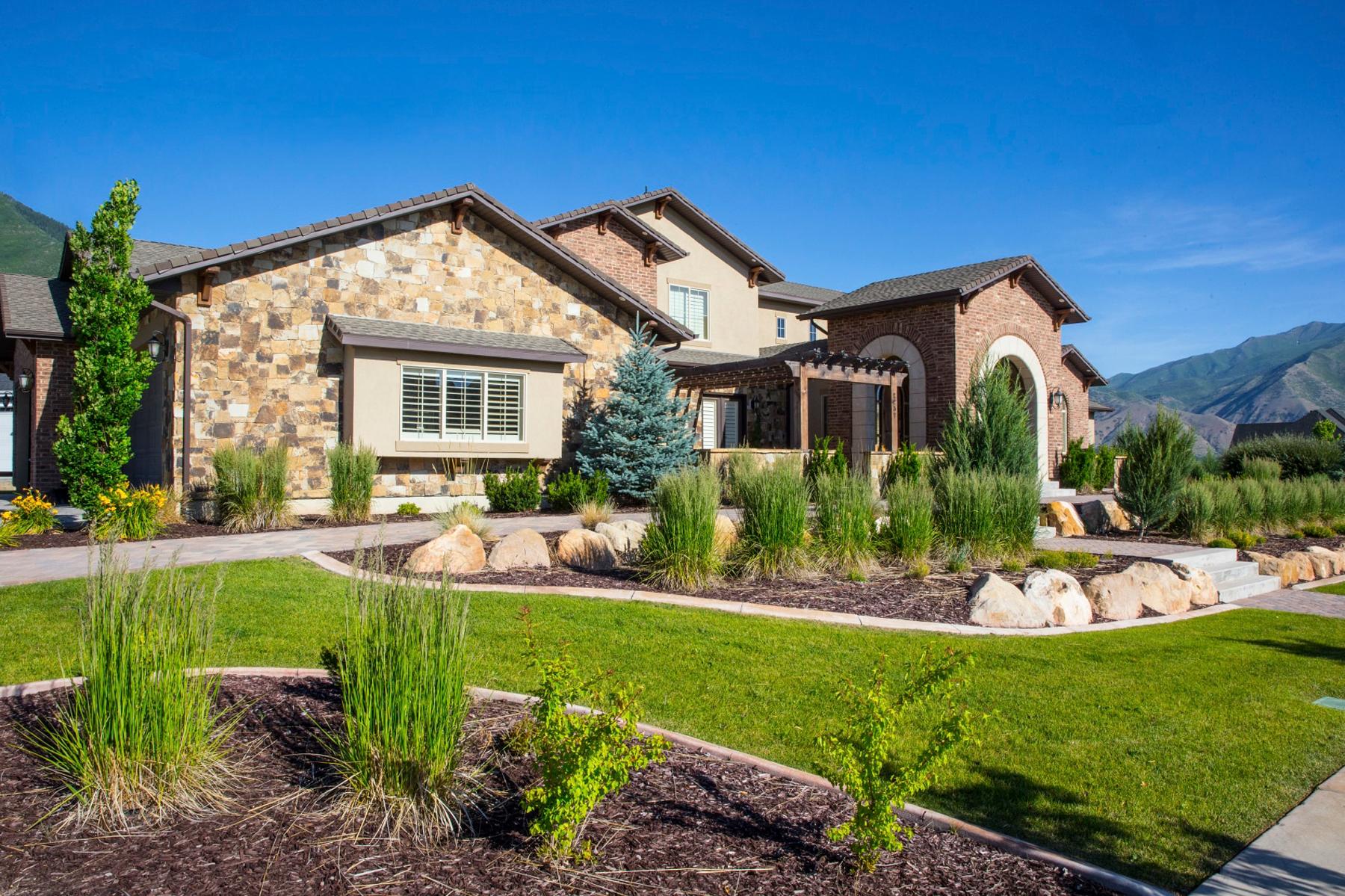A well-designed yard does more than improve curb appeal, but also plays a key role in pest control. Landscaping choices can either invite or deter common Arizona pests like ants, earwigs, mosquitoes, rodents, scorpions, and silverfish. Homeowners often overlook how small details such as plant placement, mulch use, or irrigation design can dramatically influence pest activity. By approaching landscaping with purpose, you can create an outdoor environment that not only looks beautiful but actively discourages infestations.
 How Yard Design Affects Pest Activity
How Yard Design Affects Pest Activity
Every part of your landscape sends a message to pests. Some features offer food, water, and shelter, while others disrupt their ability to nest or travel. In dry desert climates like Arizona, water and shade become major attractants for pests, making design decisions even more critical.
Several landscaping elements can either invite or deter pests:
- Excessive mulch or groundcover: Thick layers of mulch hold moisture and provide hiding spots for ants, earwigs, and silverfish.
- Overgrown vegetation near structures: Branches and vines that touch the home offer a bridge for rodents and scorpions.
- Poor drainage: Water pooling around irrigation zones or foundation edges attracts mosquitoes and supports insect breeding.
- Cluttered storage: Firewood, planters, and outdoor furniture left undisturbed create nesting areas for rodents and scorpions.
Strategic design prevents these conditions from forming in the first place. With planning, your landscape becomes a barrier instead of a welcome mat.
Best Landscaping Practices for Pest Prevention
To reduce the appeal of your yard to pests, focus on spacing, airflow, and ground-level cleanliness. Small adjustments can deliver significant results.
Here are some expert-recommended practices:
- Maintain clean borders: Keep a two-foot buffer between plantings and your home’s foundation.
- Use gravel or rock: Replace moisture-retaining mulch with decorative gravel, especially near the structure.
- Keep grass trimmed: Low-cut grass discourages rodents and reduces humidity for crawling pests.
- Install drip irrigation: These systems minimize surface water that can attract mosquitoes and silverfish.
- Elevate storage areas: Use platforms to keep firewood and equipment off the ground, deterring rodents.
A low-maintenance, dry, and well-lit yard naturally disrupts the living conditions pests need to survive. These strategies also complement broader pest-free backyard efforts that aim to protect your outdoor living areas year-round.
Specific Landscape Threats by Pest Type
Each pest has distinct preferences. Understanding what attracts them allows for more targeted pest control through landscaping.
- Ants: Drawn to moist soil and mulch. Avoid overwatering and use rock instead of bark in high-traffic zones.
- Earwigs: Favor dark, damp areas under leaves or stones. Rake regularly and limit heavy groundcover.
- Mosquitoes: Need standing water to breed. Eliminate puddles, clogged gutters, and low-lying pots.
- Rodents: Nest in tall grass, woodpiles, or debris. Keep yards clean, remove fallen fruit, and trim dense foliage.
- Scorpions: Hide in bark, under rocks, and around baseboards. Use gravel and avoid piling up yard waste.
- Silverfish: Thrive in moist, shaded areas near the home. Ensure good drainage and fix outdoor leaks.
Pest behavior can be shaped by your property’s layout. When combined with regular maintenance and monitoring, landscape design becomes a proactive tool in keeping infestations under control.
Eco-Friendly Landscaping That Supports Pest Control
Creating a pest-resistant yard doesn’t require harsh chemicals or synthetic barriers. Many eco-friendly approaches work in harmony with nature and still provide strong pest deterrence.
Consider the following sustainable solutions:
- Native plant selection: These species require less water, reducing the damp conditions pests love.
- Companion planting: Certain herbs like lavender and rosemary help repel mosquitoes and ants.
- Minimal irrigation: Efficient watering conserves water and discourages silverfish and earwigs.
- Low-volt lighting: Bright outdoor lights attract pests. Use motion-activated or amber bulbs to reduce activity.
These eco-conscious choices reflect the value of responsible design. As outlined in this overview of eco-friendly pest control solutions, sustainability and prevention can work hand in hand to reduce pest pressures without harming the environment.
When Landscaping Isn’t Enough
While landscaping is a powerful tool, it’s not always a complete solution. Some pests establish themselves despite your best efforts, especially if there are hidden access points, underground nests, or weather-related surges in activity.
In such cases, it becomes necessary to combine landscaping improvements with professional pest control. Experts can assess entry points, identify attractants, and implement treatments designed to work in tandem with your existing yard design. This integrated approach delivers the best long-term results, especially for persistent pests like rodents or scorpions.
Ongoing inspection and support help ensure that your yard remains both beautiful and uninviting to pests. Regular adjustments based on seasonal shifts and pest trends ensure landscaping continues to function as a frontline defense.
Turn Your Yard into a Pest-Free Zone
A well-planned landscape not only adds beauty but also keeps pests at bay. For expert insight and long-lasting solutions tailored to your outdoor space, contact Panda Pest Control and take the next step toward a healthier, pest-resistant yard.


